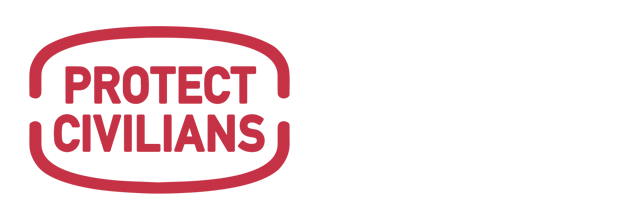
Smoke billows from sites in Zabadani targeted by Hezbollah and Syrian army forces, Saturday, July 4, 2015. (The Daily Star/Stringer)
Urgent appeal from the people of Zabadani to avert massacres and ethno-sectarian cleansing. Please share widely. Via Radio Free Syria.
Appeal to all human rights bodies and to the United Nations Security Council
Zabadani, Damascus province, 30-07-2015: Assad regime forces have today broadcast the following message from the minarets of mosques in the village of Bloudan and the surrounding area in Qalamoun region of Damascus province.
“On the orders of the Syrian Arab Army, the people of Zabadani now in Bloudan and the surrounding area are ordered to prepare to evacuate their homes and depart to the town of Madaya when requested to do so.”
We wish to emphasize the seriousness of this latest move and its implications and effects.
1. The people of Zabadani who fled to Bloudan and the surrounding area have been there for almost three years, with the areas under the regime’s full control and no clashes in the area.
2. The displacement of the people of Zabadani to Madaya means that they will be confined to a narrow and very densely populated geographic area already populated by a large number of displaced civilians and will be again besieged in an area which is being continuously targeted with barrel bombs by Assad’s warplanes and with heavy artillery bombardment by regime ground forces. The area is also surrounded by regime checkpoints where regime troops are already hunting civilians (men, women and children) from Zabadani, as well as warning them to prepare for a massacre and long-term siege.
3. These moves follow the latest mass displacement of the town of Zabadani, which remains under relentless regime bombardment, leading to the latest exodus of more than 3,000 civilians to Madaya.
4. The number of civilians from Zabadani displaced to Bloudan numbers 12,000, with a further 3,000 in the surrounding area. A further 10,000 were already displaced from Zabadani to the besieged town of Madaya, whose own population is 20,000. Along with the further 3,000 displaced on Wednesday (July 30th, 2015), this will force nearly 48,000 people into the area and under imminent threat of genocide.
5. These threats against the people of Zabadani are the start of the regime’s and its accomplices’ planned ‘demographic change’ which we have warned repeatedly of. This threat to the people is not limited to Sunni Muslims but also includes the town’s Christian and other population, with all the town’s people being driven out in order to ‘cleanse’ the area and prepare for it to be resettled by foreign occupiers.
Accordingly, we call on all international bodies, human rights groups and other concerned parties to intervene and assume their responsibilities towards protecting civilians.
From: Zabadani Council
LINKS
Syria conflict: ‘Unprecedented’ assault on Zabadani, BBC News, 22 July 2015.
U.N. envoy sounds alarm over battle at Syria border, Reuters, 23 July 2015.
Syrian Coalition Sends Letter to the UN Security Council Underscoring the Urgency to Protect Civilians in Zabadani, 23 July 2015.









